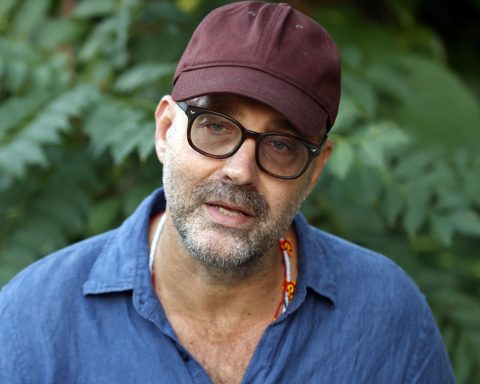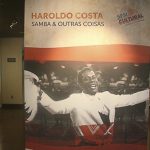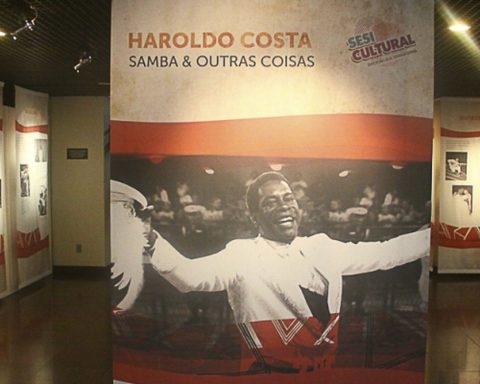HAVANA, Cuba.- From the San Alejandro Academy, formed by teachers of the stature of Juan José Sicre and others who marked the birth of the Vanguard sculpture in Cuba, Eugenio Rodríguez (1917-1968) graduated, an artist of exceptional stature, essential when reviewing the history of Cuban sculpture, specifically in the 1940s, 1950s and 1960s.
At the academy, she learned to model from the classic canons, obtaining outstanding grades. Simultaneously, he became interested in direct carving in stone and wood, discovering the infinite formal possibilities to transcend realistic representation.
His first participation in the Havana exhibition circuit took place in 1944, as part of the “Presence of six sculptors” exhibition. Eager for knowledge and learning new techniques, at the end of the forties he arranged a study trip to Mexico and the United States, where he stayed for eight years and from which he returned as an accomplished artist, owner of a personal style and skillful in the arts. various techniques that made up his art.
Once in the capital, he was summoned to participate in the decoration of the National museum of fine artsfor which he made The creation, an exceptional piece executed in bronze, which demonstrated the great talent of Eugenio Rodríguez and the experience accumulated during his studies in the United States.
woman on horseback (1944) is one of his works that belongs to the permanent collection of the Museum of Cuban Art, and that reflects the interests of its author in that first creative stage. By the fifties, the compact and massive forms had been replaced by a free, dynamic execution, with slender lines and powerful expressiveness.
During the fifties, he incorporated work with iron and other metals, which led him to the fascinating world of goldsmithing. From then on, his sculptural work would lean more and more towards structural lightness, connecting with the language of abstraction, which imposed a new aesthetic, ideal for those artists who loved to experiment.
Eugenio Rodríguez participated in various group shows on the island. He exhibited at the University of Tampa and at the Cuban Xilography Halls, in Mexico City. Among his best-known works, in addition to the sculpture that decorates the exterior of the National Museum of Fine Arts, include Drainmade of iron, and Abstractionin wood.















